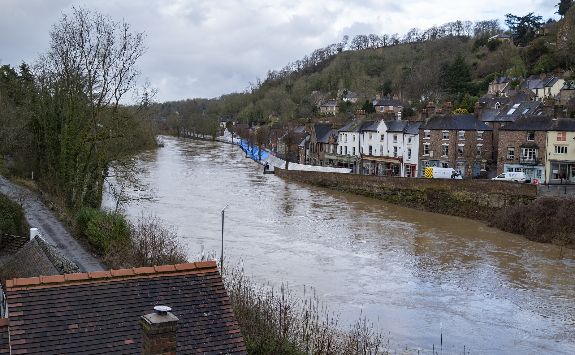Flood Risk Management
Characterisation and management of flood impacts through state-of-the-art modelling tools.
Increasing flood risk
Floods are the most frequent, economically damaging and socially disruptive of natural disasters. The frequency of river and tidal flood events is increasing more rapidly than other natural disasters.
This is a result of climate change, urbanisation and environmental degradation.

Managing flood risk
Flood risk management aims to reduce the likelihood and impact of floods. It provides a framework that balances the many factors that affect risk, while considering societal values. This involves:
- data and information gathering
- performing hydrodynamic modelling
- risk assessment
- appraisal of options
- the implementation of solutions
Innovative flood modelling
We have developed a suite of state-of-the-art hydrodynamic modelling tools. These tools include the GPU enabled HiPIMS and cloud-enabled CityCAT.
We have also developed novel approaches to characterising flood impacts, such as:
- using network models to assess impacts on infrastructure
- using agent-based models to understand evacuation during flood events
We work closely with our Geomatics colleagues. We are combining new remote sensing and other data with advanced analytics and informatics. Together, this provides new high resolution and real time flood risk management.
Projects
- Blue-Green Cities
Project Leader(s): Prof Chris Kilsby
Project Dates: 2013-2016 - Future Storms
Project Leader(s): Prof Hayley Fowler - Future Urban Flood Risk Management
Project Leader(s): Chris Kilsby (Newcastle PI)
Project Dates: October 2016 - September 2019 - SINATRA: Susceptibility of catchments to INTense RAinfall and flooding
Project Leader(s): Hayley Fowler (Newcastle PI)
Project Dates: September 2013 - May 2019 - Towards Resilience to Pluvial Flood Events
Project Leader(s): Claire Walsh
Project Dates: November 2018 - October 2020